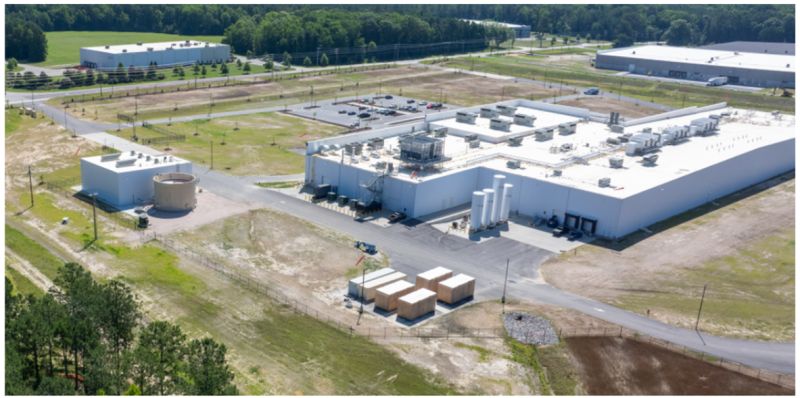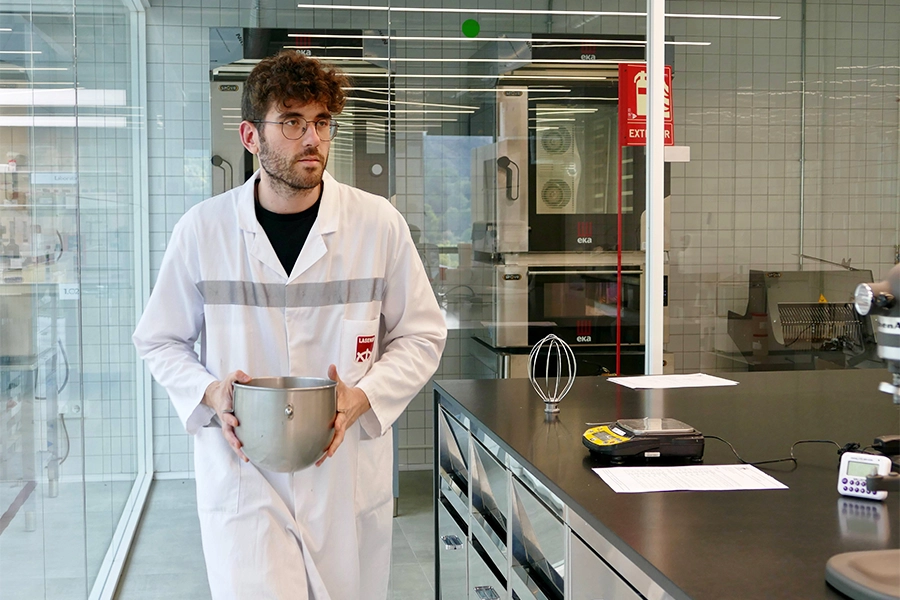

Innovative research from Chalmers enhances seaweed's viability as a nutrient-rich food
A sustainable food system for a growing global population requires new foods that align with the ongoing dietary protein shift. After five years of research in the CirkAlg project, led by Chalmers University of Technology, circular methods for cultivating protein-rich seaweed and extracting seaweed protein ingredients have been developed, increasing the potential for seaweed to become a natural protein source in our diet.
Macroalgae, commonly known as seaweed, possess a relatively high protein content and can be cultivated with minimal environmental impact. In the long term, seaweed could serve as a competitive alternative or complement to animal proteins such as red meat. Cultivating seaweed does not require arable land, fertilizers, irrigation, or pesticides. Moreover, seaweed cultivation offers environmental benefits by absorbing nitrogen and phosphorus from aquatic ecosystems and acting as a carbon sink.
“Growing seaweed is very resource efficient. We don’t need to add fertilizers, and we don’t need freshwater. At the same time, the seaweed absorbs nitrogen and phosphorus from the sea, which is beneficial for the marine environment,” said Ingrid Undeland, professor at the Division of Food and Nutrition Science at Chalmers University of Technology.
From a nutritional perspective, seaweed provides dietary fibers and a broad spectrum of essential micronutrients, including vitamin B12, minerals, and small amounts of marine omega-3 fatty acids. Additionally, seaweed has a unique taste profile, rich in umami and natural saltiness, making it a flavorful ingredient in various culinary applications.
However, certain challenges must be addressed to integrate seaweed into the human diet effectively. The proteins in seaweed can be difficult for our digestive system to break down, and brown seaweed species like sugar kelp and finger kelp can accumulate very high levels of iodine, which, even after low consumption, can exceed the recommended daily iodine intake. In some cases, seaweed can also bind heavy metals.
To overcome these challenges, the CirkAlg project, a collaboration between universities, food companies, and a government agency, developed a two-step production strategy. The first step aimed to increase the protein content of seaweed by cultivating it in nutrient-rich process water streams from various food industries. The second step focused on developing scalable technologies to extract proteins from the cultivated seaweed.
Process water, generated in almost all food industries during activities such as storage, peeling, marinating, extraction, or transportation of food, is often rich in nutrients like nitrogen and phosphorus. Currently, disposing of this nutrient-laden water is costly for companies. The CirkAlg project explored the potential of repurposing this process water to cultivate seaweed, thereby creating a circular nutrient loop.
“We saw that seaweed cultivation could be a way of making use of valuable nutrients in process water. This is a win-win situation, both from an economic and an environmental perspective,” said Karl Larsson, researcher at RISE Research Institutes of Sweden.
In collaborative studies by the University of Gothenburg’s Tjärnö Marine Laboratory and Chalmers, seaweed was cultivated with the addition of process water from herring, shrimp, and oat industries. Notably, water from the herring industry yielded promising results for both the growth and protein content of the seaweed. Sea lettuce, in particular, demonstrated significant increases in protein levels, reaching values comparable to soybeans in subsequent studies.
Consumer attitudes toward seaweed as a food source were also examined within the CirkAlg project. Surveys conducted by Kristianstad University revealed a generally positive perception of seaweed-based foods. However, consumer acceptance largely depends on sensory attributes such as appearance, taste, and aroma. Importantly, the studies found that cultivating seaweed in process water from the herring industry did not adversely affect its sensory qualities, suggesting that such cultivation methods are viable for producing palatable seaweed-based foods.
“There is great interest in new sustainable protein sources among consumers, but the sensory properties must be appealing. The results of our studies show that seaweed can have a promising role in the food of the future,” said researcher Christoffer Andersson from Kristianstad University.
The CirkAlg project’s findings indicate that integrating seaweed into the food industry through innovative cultivation and processing methods can contribute to a more sustainable and nutritious food system. By leveraging nutrient-rich process waters, the approach not only enhances the protein content of seaweed but also promotes environmental sustainability through resource recycling.
If you have any questions or would like to get in touch with us, please email info@futureofproteinproduction.com






